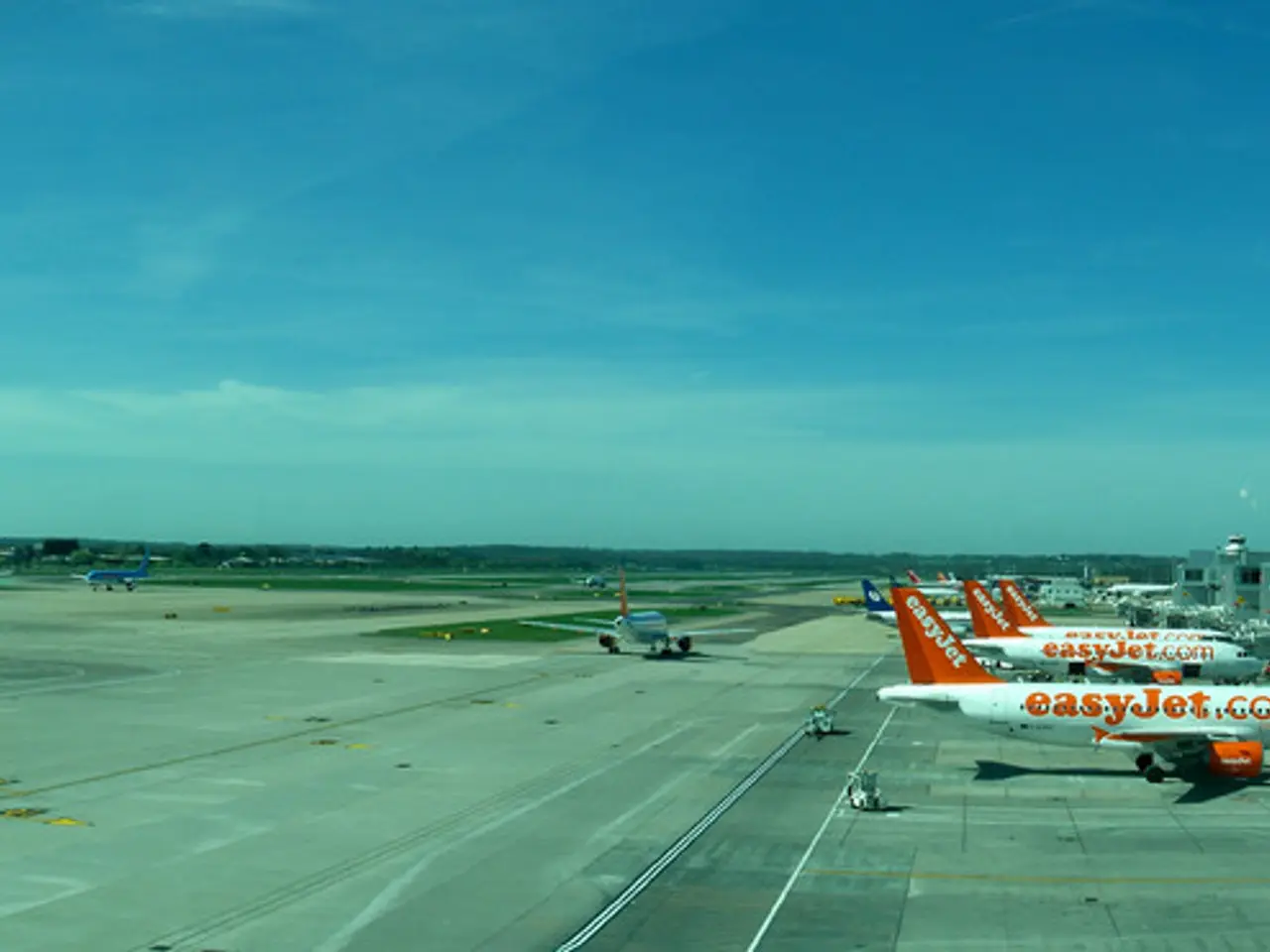Reason behind the Variation in Using Passenger Boarding Bridge and Boarding Stairs
Airport Boarding Methods: A Look at the Variety and Factors Involved
Passengers at airports around the world may find themselves boarding their flights via different methods, with some using passenger bridges (jet bridges) and others relying on boarding stairs. This article aims to shed light on the key reasons behind these variations.
Airport Infrastructure and Gate Availability
Large airports typically have jet bridges installed at gates, enabling passengers to step directly from the terminal onto the plane. In contrast, smaller airports or remote stands without jet bridges require passengers to board using stairs on the tarmac.
Aircraft Parking Position
When an aircraft parks at a gate equipped with a jet bridge, boarding is via the bridge. However, if the plane parks remotely due to gate unavailability or operational needs, boarding stairs are used, and passengers are often transported by bus to the plane.
Aircraft Type and Size
Some aircraft types or configurations may not be compatible with jet bridges, or the airport layout may limit bridge use to certain aircraft.
Operational Efficiency and Turnaround Time
Using stairs can allow simultaneous boarding from front and rear doors, speeding up the boarding process; jet bridges may limit boarding to one door.
Cost and Airport Fees
Airlines may sometimes prefer remote stands with stairs to avoid gate fees charged by airports for jet bridge use.
Weather Conditions
In adverse weather conditions, passengers boarding via stairs may experience discomfort, as they walk outside to the stairs and may get wet or feel cold.
Airline's Choice
Some airlines, like Ryanair, opt to reduce costs by not using passenger boarding bridges. Instead, they use their own stairs attached to the front door of the aircraft for loading and unloading passengers.
Schengen/Non-Schengen Distinction
At airports serving Schengen member countries, passenger boarding bridges may be reserved for Schengen member country airlines, necessitating the use of stairs by non-Schengen airlines.
Domestic/International Line Mismatch
There may be a mismatch between domestic and international flights, preventing passengers from boarding via bridges. For instance, an international flight may arrive at a bridge in the international terminal, making it impossible for passengers of the next domestic flight to board using bridges, requiring the use of stairs instead.
Planning Errors and Intense Flight Time Zones
In airports experiencing high concentrations of flights, momentary planning errors can lead to passengers boarding/deboarding planes via stairs instead of bridges, such as during delays experienced by aerodrome controllers in managing apron traffic.
Small Airports
Small airports may not have a passenger boarding bridge system connected to the terminal building, requiring passengers to walk in the safe area on the apron or take an apron shuttle bus to the plane.
In summary, passengers are boarded via jet bridges or stairs mainly due to airport gate equipment availability, aircraft parking location, operational efficiency, and cost considerations. The choice between the two methods can significantly impact the comfort of travel and the overall airport experience for passengers.
- At airports with limited jet bridge installation or smaller size, passengers may have to board using stairs on the tarmac, as opposed to stepping directly from the terminal onto the plane.
- An airline like Ryanair avoids gate fees by using their own stairs attached to the front door of the aircraft for loading and unloading passengers, thus opting to not use passenger boarding bridges.
- In airports serving Schengen member countries, the use of passenger boarding bridges may be reserved for certain airlines, necessitating the use of stairs by non-Schengen airlines or their passengers.





